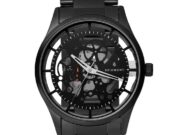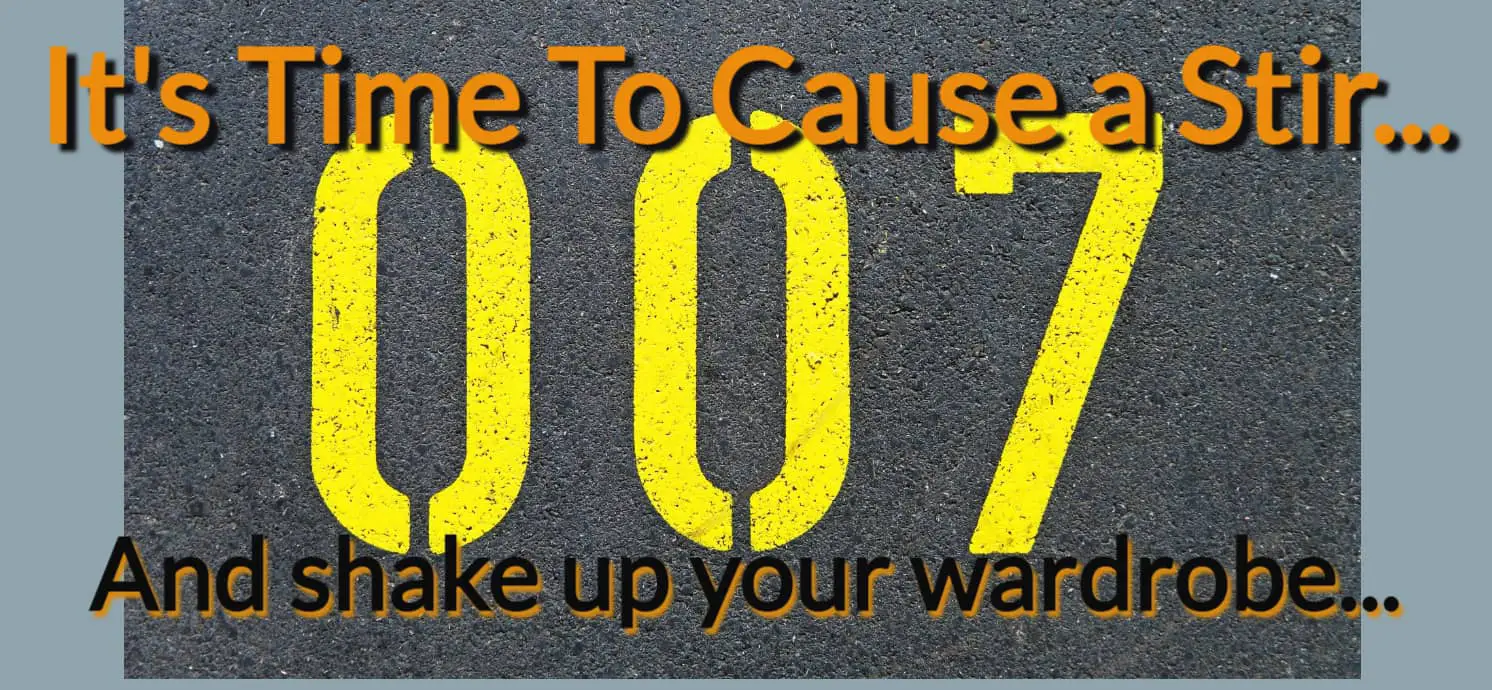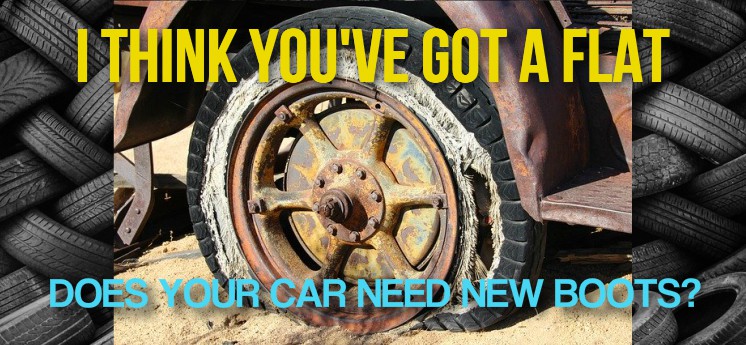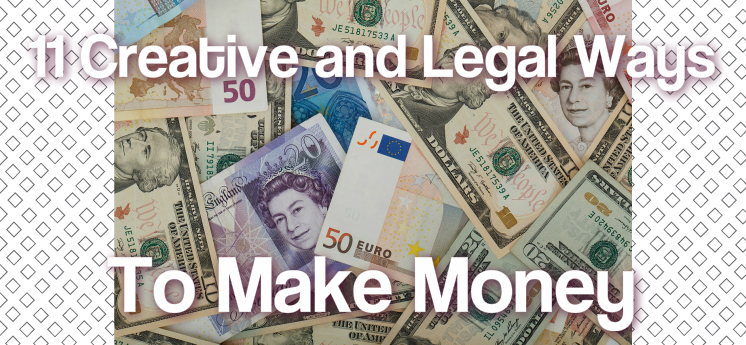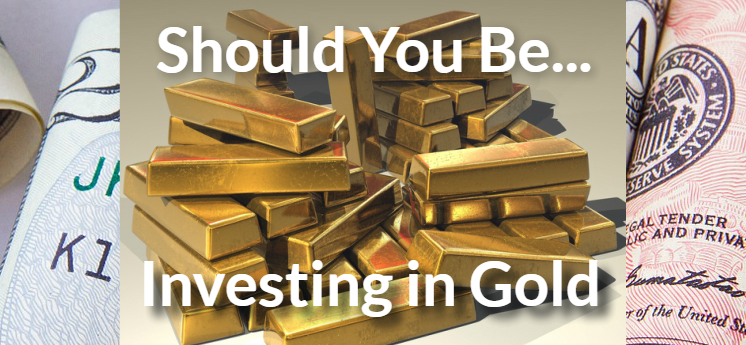Diamonds are a girl’s best friend, but are they a retail investor’s best friend? In terms of rarity, diamonds are the rarest gemstones in the world. So, in that sense diamonds are precious. But, not all diamonds are investment-grade commodities. Diamonds used in rings start depreciating almost instantly the moment you walk out of the jewelry store. So, what makes a diamond worthy of an investment? How do we rate the quality of diamonds? And what are the different avenues we can use to buy and sell diamonds? Let us look at all of these questions one by one.
Firstly, retail diamonds that you generally see in the store are not great investments. Just like any other retail product like a car or a phone., retail diamonds begin to depreciate as soon as you step outside the store. On the other hand, wholesale diamonds are great investments because they can be easily sold for a margin of up to 20%.
Secondly, diamonds follow both the market and inflation. This means that unlike gold or similar commodities that act as a store of value that you can tap into when the stock market crashes, diamonds are only profitable when the stock market and the general economy is doing really well. Primarily because that’s when people have enough disposable income to buy diamonds. This is what differentiates diamonds from other forms of investment. This is also what makes them risky if you don’t know what you’re doing.
Finally, each diamond is different and there is no global standard for diamonds. This makes it difficult to price diamonds, unlike gold whose quality can be ascertained using carats and purity. However, there is the Gemological Institute of America (GIA) which is considered the only reliable source of diamond quality certification. Gems that carry GIA certifications are easier to price, easier to buy and easier to sell.
Here’s a diamond grading guide video if you want to invest in diamonds
So, it ultimately comes down to quality and resale value for diamonds. To understand how quality is determined by the GIA, you need to understand the 4Cs: Cut, Color, Clarity, and Carat Weight. How well the diamond is cut determines how much light the diamond retains and reflects. This is the most important criteria for quality because the better the quality of the cut, the more brilliance the diamond will have. The scale for cut goes in the following sequence: poor, good, very good, ideal, and signature.
Color, or the lack thereof, is another factor that determines the diamond’s quality. Diamonds are rated alphabetically from D to Z. Diamonds rated D are absolutely colorless and are extremely rare to find. Diamonds rated E through J are near colorless. Most diamonds usually fall in that range.
The next two factors, clarity and carat weight, are not quite as important. Rather, their importance has decreased over the years as the high-end buyers have started appreciating flawed diamonds of lower carat weights as well. Clarity ranges from flawless (without any spec) to included (which means specs in the diamond can be observed with a 10X magnifying glass). Carat weights can go from 0.25 to 5 carats.
As mentioned, the last two Cs have become less important in the high-end market. Rather, it is the shape of the diamond that has taken more importance. Diamonds can be cut in a variety of shapes: round, oval, princess cut, and so on. Out of these round diamonds are considered the most important for investment purposes.
If you’re going to invest in diamonds don’t buy the best.
Now that you understand how the quality of a diamond is ascertained, let us also understand why you should not buy high-end diamonds unless you’re a high net worth individual. Auction houses have made it a point to promote the most expensive diamonds, such as the 5 carat blue diamond. However, if your idea is to use diamonds as an investment, you should be able to resell the diamond in the open market. The more expensive or high quality the diamond, the harder it actually is to sell it quickly.
So instead of buying a “GIA certified 5 carat round cut D flawless signature diamond”, you should settle for a medium quality GIA certified 1 carat diamond instead. Regular jewelers find it easier to understand and purchase such diamonds because they deal with medium quality and regular-sized diamonds all the time. Also, if you sell them a large diamond, they’ll want to eventually cut it into smaller pieces because those can be used in rings and there is a greater margin in those diamond rings. So, the jewelers will consider the cost of cutting the diamond into smaller pieces and getting those pieces certified. And they’ll pay you less because they’ll cut that cost out of your sales price.
It’s important to define what medium quality means: Diamonds that are round cut, E to G, non-flawless, and less than 2 carats are the best kind of diamonds for investment purposes. Any other kind of diamond would be a novelty item and would probably not have the resell velocity that one might need in case of an emergency. The best place to sell certified diamonds is the major jewelry stores.
Here’s 10 of the most expensive diamonds in the world
It is also important to know where your diamond is coming from and how it was obtained. Increasingly individual buyers have become interested in where the diamond comes from and whether it was mined ethically. Until the 19th century, India was the largest producer of diamonds in the world. It was used as a major source until the mid 20th century. So, most historical diamonds trace their history back to the Indian mines and are not scrutinized for the source.
But, during the 1970s when the diamond mines in India ran dry, the world started utilizing other diamond mines. Still, raw diamonds continue to be cut and shaped in India. According to Time magazine, Surat in India accounts for 92% of the diamonds cut in the world. This can mislead buyers to believe that the diamond comes from India, when in fact, the original producers are mostly in the southern hemisphere.
Today, the major producers of diamond in the northern hemisphere are Canada and Russia. The major producers in the southern hemisphere are Democratic Republic of Congo, South Africa, and Australia. Out of all these countries, diamonds that come from certain mines in Congo and neighboring regions are considered blood diamonds.
This means that they were mined in a war zone and the miners probably faced extreme human rights abuse. The way to filter such diamonds out is by looking for the De Beers “Forevermark”. This mark means that the diamond was mined and transported ethically. Also, diamonds that come from Namibia and Angola are considered safe. Raw diamonds are mainly stored in Belgium and London. De Beers actually owns 85% of the world’s raw diamonds and most of the diamond banks in the world belong to them. But, some diamonds are smuggled into Europe through North Africa as well. So, it is important to find out where the diamond was mined, cut, and stored. And how it was obtained. It is the buyer’s and the seller’s responsibility to know all of these things.
Invest in diamonds stocks
Other than directly buying diamonds, you can also invest in diamonds indirectly by buying stocks of companies that deal in diamonds, mainly jewelry companies. The top jewelry companies trading on the NASDAQ are Tiffany, Signet, and Zales. High net worth individuals can also invest in diamond investment funds, some of which have a low investment bar. Similar options are available for retail investors but they’re mostly available overseas such as in Switzerland and Belgium.
So, diamonds can be an investor’s best friend and are a good way to store value. They also pay hefty returns when the market is on the rise. However, it’s important to buy diamonds wholesale. Diamonds bought from an investment perspective should be of medium quality, small in size, and should be GIA certified. They should also have been sourced ethically. If you keep all of these things in mind, you will be able to do well as a diamond investor.
If the thought of investing in diamonds feels beyond your budget then there is an alternative, Gold. Yes real 999.9% pure affordable Gold bullion that you can to not only afford to buy, but you can make a great living from as well, here’s a guide.













